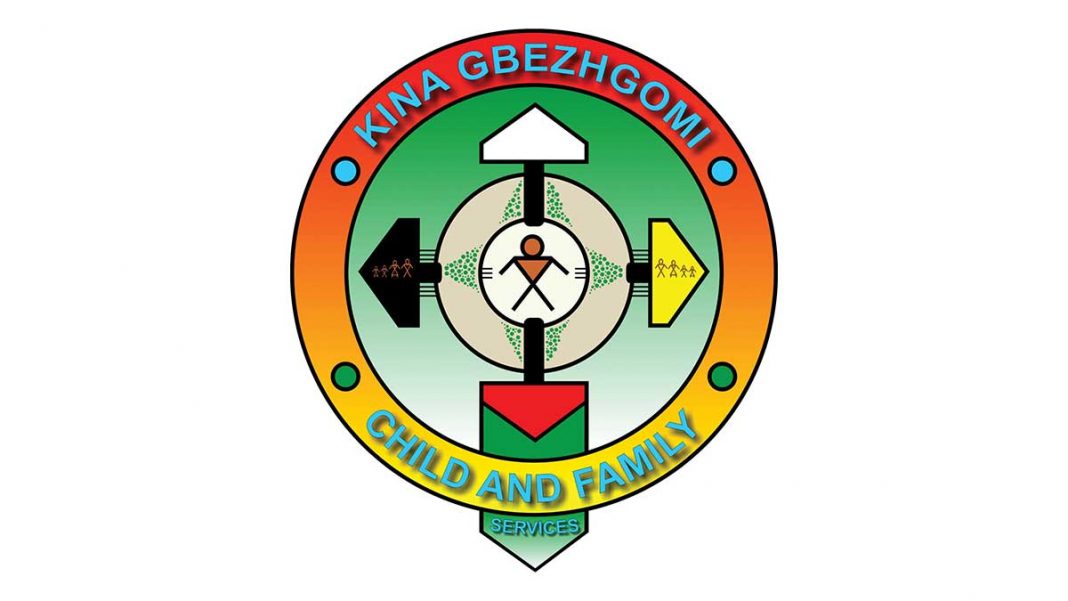MANITOULIN—Child care services across the province are issuing urgent appeals for foster families and the need for diverse caring homes in which to place children in crisis has never been greater, even as the number of children in care has declined since the earlier 2000s—with some agencies describing the shortfall as “dire.” Many stalwart foster families are “aging out” and the number of new families coming into the fold are not keeping pace with the need.
The Expositor caught up with the two child care services that support families on Manitoulin, Kina Gbezhgomi Child and Family Services (Kina) which is the most recent organization and deals with Indigenous children and the Children’s Aid Society for the Districts of Sudbury and Manitoulin (CAS) to discuss the need.
“There definitely is a need for more foster care families,” said Jessica Orr, communications and public relations specialist with Kina. “That isn’t limited to just Manitoulin and Sudbury, but is something being experienced right across Ontario. The Ontario Association of Children’s Aid Societies is looking at a campaign right now to encourage more foster families.”
The greatest shortage in this region tends to be for infants and teens, said Ms. Orr.
CAS (and now Kina, to some extent) is a dreaded name among many families, as fears that children will be seized and taken out of their communities, but that is very far from being the truth. Less than one percent of children are taken into care as a result of a CAS or Kina intervention.
Elaina Groves, CEO of the Children’s Aid Society for the Districts of Sudbury and Manitoulin, explained that “When a family becomes involved with a Children’s Aid Society, every effort is made to support the family to ensure children live safely with their family. If a child cannot live safely at home, their parents are supported to seek help from extended family, kin, friends and their community to ensure a child lives safely with people they know and trust.”
That is not always possible, however. “When those placements are not available, children may be brought into the temporary care of CAS where foster parents provide children and youth with safe, family-based care until children return home to their parents,” noted Ms. Groves. That is where foster parents come into the picture.
“Foster care provides children and youth with a safe family setting during a time of crisis,” said Ms. Groves. “In many situations, foster care can provide vital support that enables parents to address issues that are putting their children’s safety and well-being at risk. In most situations children placed in foster care are reunified with their families once the issues that led to the child needing to be in care have been resolved with the support from CAS and community partners. In other situations, foster care can open new doors to safety, permanency and well-being for children and youth.”
Needs vary considerably with each case, noted Ms. Groves. “Children may need foster care for just a few days, a week, several months, or possibly even longer. Foster parents work with CAS staff as part of a team to develop and support a plan of care for each child or youth in their care. The preferred plan is to reunite a child or youth with their family. Sometimes the plan may include exploring alternative permanency options such as kinship care, legal custody by a family member or foster parent, an independent living situation, or adoption.”
The key element involved is that foster parents provide stability and a caring home that encourages a child or youth’s growth and well-being. While the legal responsibility for the child or youth remains with Children’s Aid Society, foster parents play an important role in a child or youth’s daily life.
Taking a child into your care is not easy and there are costs involved as well, but the CAS is there to help ensure that a foster family is not out of pocket with the associated costs being defrayed and a stipend to help make up for the time and effort involved.
The fostering application process also takes time and may be influenced by factors such as the applicant’s ability to possibly care for children with complex needs, siblings and teens. All foster parents must undergo two key components of the approval and training process: home visits by a CAS worker and a Structured Analysis Family Evaluation (SAFE)—a home study comprehensive assessment that helps determine the eligibility, suitability and readiness to become a foster parent; Parent Resources for information, Development and Education (PRIDE) a mandatory provincial 27-hour training program that must be taken by all prospective foster parents in Ontario.
The assessments include the other members of the family unit and anyone else living in the home where the foster child will be placed. “Anyone living in the home over the age of six is assessed to ensure that the family is a good fit,” said Mr. Orr. This is particularly important in the Kina instance, as there is the added aspect of maintaining First Nations’ values, culture and traditions—important considerations given the damage caused by the Residential School System, the ‘60s Scoop and other historical suppressions of Indigenous culture.
The rewards of becoming a foster parent can be immense and worth all of the effort, as the difference being made in child’s life during one of the most traumatic times they will experience by a caring and nurturing foster family cannot be overstated, noted Ms. Groves, who speaks from personal family experience.
To learn more about becoming a foster parent, contact KGCFS.org/become-a-foster-parent/ for Kina (or call 1-800-268-1899) or CASDSM.on.ca for CAS through their webpages (or call 705-566-3113).





